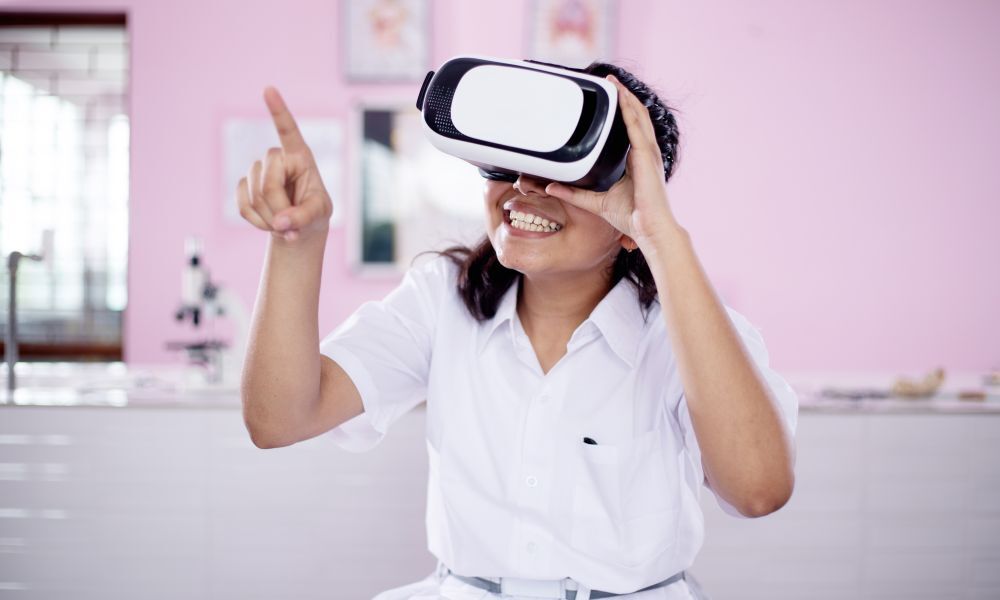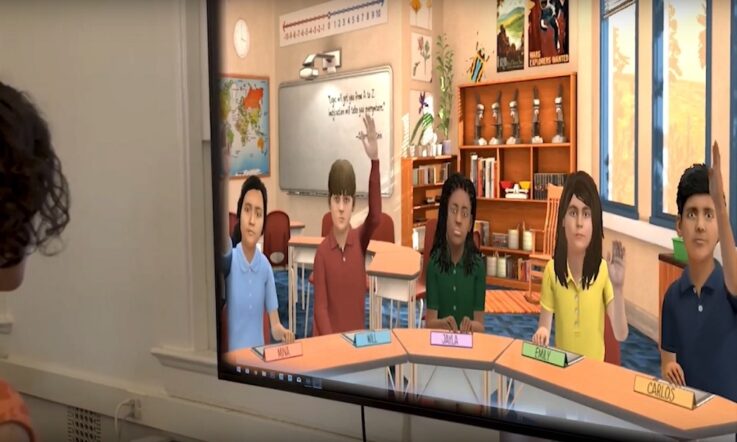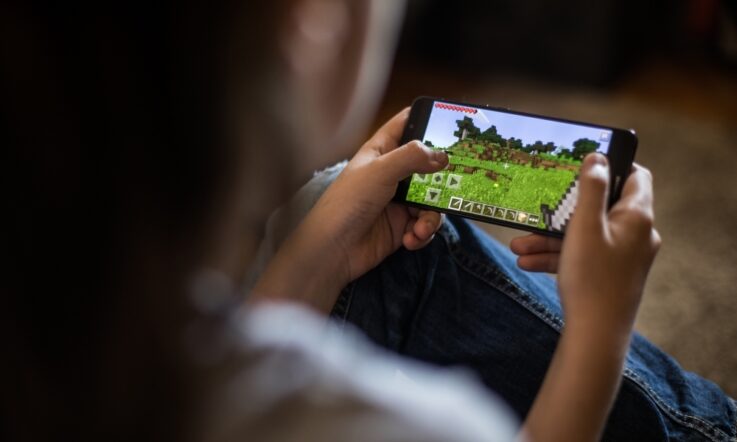The term artificial intelligence (AI) was first used at a 1956 workshop held at Dartmouth College, a US Ivy League university, to describe the ‘science and engineering of making intelligent machines, especially intelligent computer programs’.
The introduction of AI to address some of the biggest challenges in education can be traced to the 1970s. In recent times, researchers have focused on using AI for personalising learning for each learner and improving teaching and learning practices. Importantly, AI has enormous potential to help accelerate progress towards achievement of Sustainable Development Goal 4 – Quality Education.
Multidirectional research is taking place in the areas of student-facing AI, teacher-facing AI, and system-facing AI to support educational institutions. In some cases, research is going beyond AI applications in classrooms to focusing on AI learning and AI-human collaboration.
At the same time, there is a need for caution. Issues of ethics, pedagogy, access, equity, and sustainability call for further investigations. In addition, there is a need for a transparent policy that governs the ethical, inclusive, and equitable use of AI in education.
The use of AI in education has grown significantly during the current pandemic. However, evidence on the impact of AI on learning in the long term and across different settings remains scarce.
A need-based approach can divide the use of AI in education into four categories:
- Education management and delivery
- Learning and assessment
- Empowerment of teachers and better teaching
- Lifelong learning
In this article, we focus on the use of AI in learning and assessment.
The use of AI in learning and assessment
Student-facing AI technologies aim to support every learner, regardless of their location, through access to high-quality, personalised, and ubiquitous lifelong learning.
Intelligent tutoring systems (ITSs) have been widely researched by the world’s leading technology companies. The concept of ITSs was presented by Hartley and Sleeman in the early 1970s who argued that these systems must possess the knowledge of the learner, domain, and teaching strategies. Further advances have been made in this area in the last three decades.
ITSs provide step-by-step tutorials through an optimal pathway and the process of knowledge tracing for responding to individual students' strengths and weaknesses. Globally, there are more than 60 commercial ITSs available today, including Alef Education, ALEKS, Byjus, Mathia, Qubena, Riiid, and Squirrel AI Learning.
Currently, ITSs are not widely used in classrooms partly because of their high cost, and also because of measurement limitations. An ITSs extension, Lumilo, aims to repurpose ITSs as classroom sensors that can augment teachers’ perceptions of student learning and behaviour in classrooms in real-time.
Dialogue-based tutoring systems (DBTS) have been developed to simulate spoken tutorial dialogues between human tutors and students by utilising advanced natural language processing and generation technology. DBTS adopts a Socratic approach (a form of cooperative argumentative dialogue between individuals) and encourages students to co-create explanations to reach an in-depth understanding of a subject.
As opposed to ITSs, these systems generate questions and motivate students to find a solution for a given problem instead of than providing instruction. AutoTutor and Watson Tutor DBTS are available for commercial use.
Exploratory Learning Environments (ELEs) provide learning environments where students can actively construct knowledge and make connections with their existing knowledge schema. In this, AI supports students by providing constructive feedback to help them address misconceptions.
The concept of ‘one may learn a topic more deeply by teaching it to others’ is applied in ELEs. In Betty’s Brain, for example, students are encouraged to learn through open-ended learning tasks and then, by teaching a virtual fellow student called Betty. ELEs such as ECHOES, Fractions Lab, and Betty’s Brain are under research laboratories.
Educational virtual and augmented realities are also used to support learning in schools. Virtual reality (VR) helps students in experiencing real world or imagined environments such as the surfaces of different planets, the inside of a volcano, or a human in space.
On the other hand, augmented realities (AR) overlay computer-generated images on a user’s view of the real world. The same technology is used in Instagram or Snapchat to place rabbit ears or cat whiskers on images of people. VR’s 360-degree view of any content provides a complete sensory experience and helps students explore a subject with thoughtful detail. Blippar, EonReality, Google Education, NeoBear, and VR Monkey are few examples of using VR and AR in education.
Telepresence robots for students who are unable to attend school, humanoid robots for children with learning disabilities or difficulties, and the introduction of computer programming and other STEM subjects through robots in kindergarten classes are examples of AI-enabled or smart robots in education.
Learning network orchestrators (LNOs) are tools that match students and teachers based on their availability, subject domain, and expertise, and can facilitate coordination and cooperation. This may help those students who need specific help or have a great deal of curiosity. Smart Learning Partner is an AI-driven platform that can connect students with a human tutor for receiving one-to-one support.
The desire for every student to have a personalised lifelong tutor was one of the first reasons for introducing AI in learning. But the personalised learning presently provided by ITSs does not promote student agency as they neither personalise learning outcomes nor help students to achieve their ambitions.
The extensive use of ITSs raises other concerns as well. For example, they tend to reduce human contact between students and teachers. The use of AI for learning and assessment is criticised for its approach towards pedagogy, a lack of robust evidence on their efficacy, and their potential impact on teachers’ roles, and broader ethical questions.
While the range of AI technologies in education is extensive and growing, the application of AI in education requires the collection of large volumes of personal data – a process that has been called ‘dataveillance’. Around the world, virtually no research has been undertaken, no guidelines have been agreed upon, no policies have been developed, and no regulations have been enacted to address specific ethical issues arising due to the use of artificial intelligence in education.
The ethics of AI in education have been articulated well in the Beijing Consensus which recommends that governments should develop and implement regulatory frameworks to ensure the responsible development and use of AI tools for education and learning. The ethical, inclusive, and equitable use of AI in education might be prefigured as constituting a fourth education revolution and a way to achieve the Sustainable Development Goals (SDGs).
AI should be used in education bearing in mind its short- and long-term effects along with the risks associated with its use. A technological revolution and the deployment of AI technologies are possible through collaboration between industries, governments, national and international agencies, and non-profit organisations.
India still has a significant digital divide with a low penetration of technology and internet access in rural schools. If we want to leverage AI for all, introducing technology in urban public schools and rural schools that enrol the majority of Indian school goers should be our first step.



